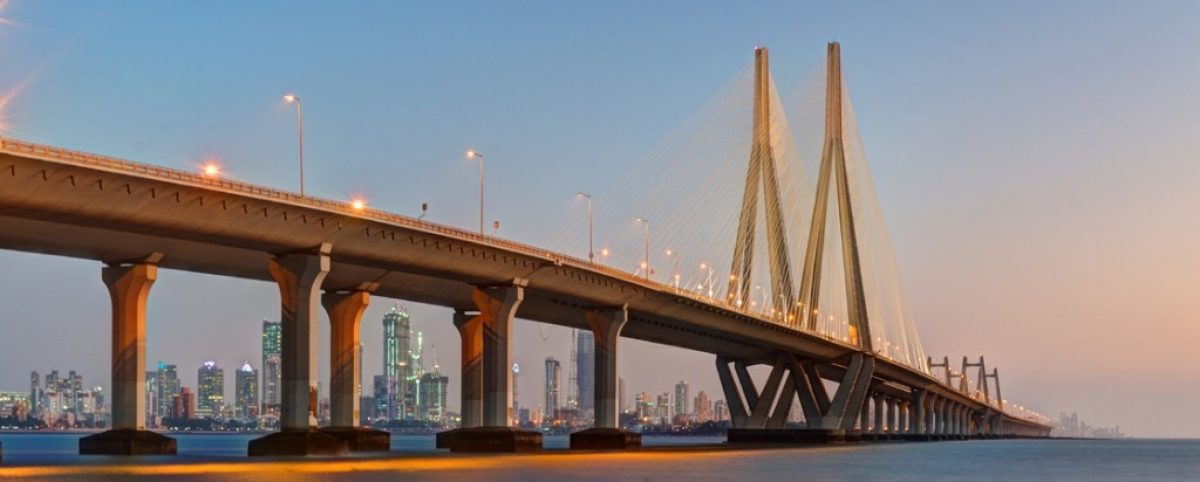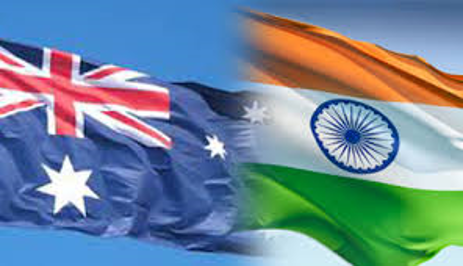ASK Capital Management is a Singapore based entity with a focus on managing and advising India centric investments for institutional and family office clients. Their latest report shows how the Indian economy has weathered the pandemic and is set for growth:
This report relates to ASK India Opportunities Fund – Fund 1
The rapid rise in COVID cases due to the new Omicron variant, hawkish tone by major Central Banks around the world and persistent inflation contributed to a volatile December for the global equity markets. Despite this the markets ended on a positive note with most markets registering positive returns in the month. India was amongst the better performing markets with benchmark BSE500 ending up 3.2% in USD terms while the Fund was up 2.7%, net of fees in December. For the year 2021, the Fund returned 29.7%, net of fees compared to 27.6% for BSE500.
After another year spent in the shadow of the COVID, we begin 2022 with a new variant of the virus disrupting resumption of normal life. This, along with inflationary pressures and a move away from high liquidity and accommodative stance of Central Banks are the biggest risks to global economy for the year. While the new variant of the virus appears less fatal, the disruption means global supply chain issues will take longer to resolve. Tighter liquidity and end of cheap money means investors will have to temper expectations of returns in the new year and bottom-up stock picking will become crucial differentiator.
The Indian economy has weathered the pandemic induced slowdown well due to the proactive and effective steps taken by the RBI and the Government. The economy is above pre-COIVD levels in size and expected to grow around 9% in FY22 and 7.5%-7.9% in FY2023 by various estimates, one of the highest growing major economies in the world. As described in the past, lower debt on corporate balance sheets, controlled NPAs in banking sector and Government policies such as “Make In India” and Production Linked Incentives (PLIs) for various sectors should revive a domestic capex cycle.
While the recovery in India has been strong, it has also been uneven with the rural segment affected more from the Delta variant in Q1FY22. This should normalise over the course of the year and aid in demand recovery. Similarly, hiring activity continues to remain strong which should support demand.
As commodity prices and inflation stabilise, companies should report increase in margins over the coming quarters as prices increases are passed on to consumers. Thus, companies with higher pricing power and better cost controls should be able to deliver superior earnings growth with likely increase in market share. This has historically been the case for our portfolio companies, and we see no reason that this cannot be the case again. Our expectation is for the portfolio to deliver an average earnings CAGR of 26% over the next 3 years.
During the month we exited from Pidilite Industries and added Avenue SuperMart to the portfolio. We believe Avenue SuperMart is a well-oiled business model in a large opportunity landscape with a strong focus on low procurement and operating costs. Its store ownership model, right store size and low supply chain cost with auto replenishments help it to maintain low operating cost to achieve the key pillar of its success – everyday low cost and everyday low price. In a predominantly food and grocery business (52% revenue contribution) with wafer-thin margins (15% gross margin), the company is able to offer everyday low pricing, unlike peers that offer discounts on select days in a week or month, creating a competitive edge.
Contact:
Nikhil Iyer, CFA, Head of Institutional Business, APAC
ASK Capital Management Pte Ltd
m: +65 83800064 EMAIL nikhil.iyer@ask-capital.com
https://www.askfinancials.com/












